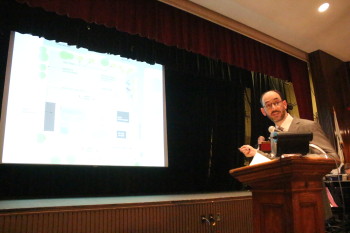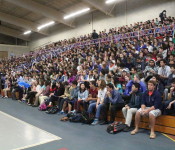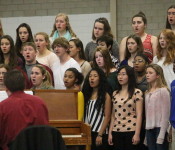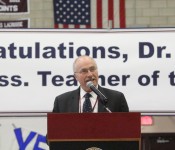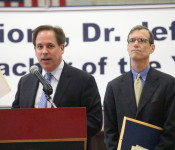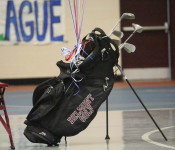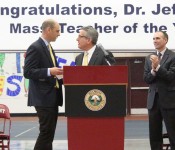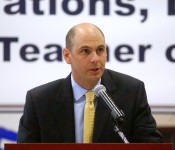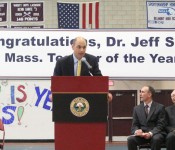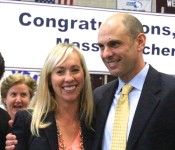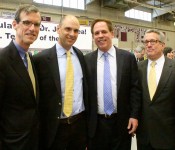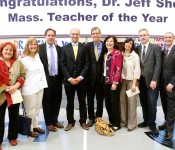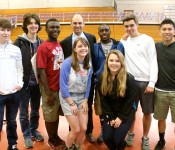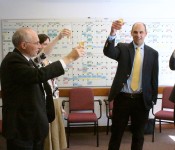The Friends of Belmont Softball will be hosting their annual Mother’s Day Flower Sale at the Lions Club at the foot of the MBTA Commuter Rail station just off Common Street on Royal Road in Belmont Center.
Come by to purchase beautiful flowers and support the Belmont High School Varsity and Junior Varsity Softball teams.
The flowers will be on sale starting today, Friday, May 9 from 4 p.m. to 7 p.m., Saturday, May 10 from 8 a.m. to 4 p.m., and Sunday, May 11, from 8 a.m. to 4 p.m.

